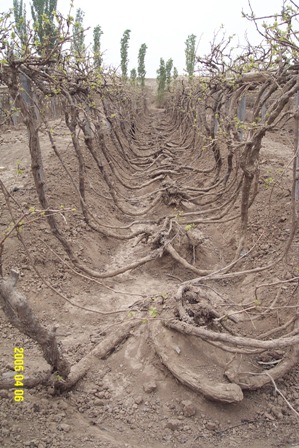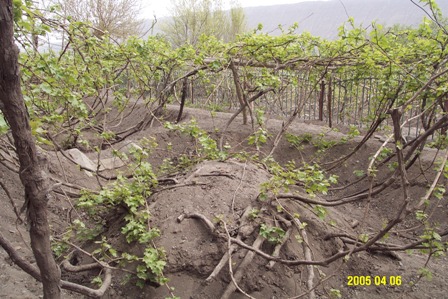What happened, you might ask yourself? Single malt, that’s not wine! Has Rainer finally left the so much loved and appreciated result of grape fermentation behind and turned to harder drinks? Well, on a recent trip to Bangkok, my old friend Rainer Heufers, who has earlier introduced me to the amazingly complex and enjoyable world of whiskies, gave me a copy of one of the bibles for whisky connoisseurs, “Michael Jackson’s Malt Whisky Companion”, 4th edition.
What a marvellous book this is. Michael Jackson must be to the whisky world what James Halliday and Hugh Johnson are to the wine drinkers. Wine and whisky do have commonalities. For both wood is important. Vintages are clearly identified. The rating system consists of a 100 points scheme. And finally, the verbal description of the liquid as provided by the tasters show similarities with wine too. I give you some examples:
Colour: very full gold with orange tinge
Nose: fresh, soft, very aromatic, with rich malt dryness
Body: light to medium, creamy
Palate: clean, grassy, fruity, becoming cookie-like and nutty
Finish: long, firm dry, malty, restrained, dessert apple

The book cover: Michael Jackson’s Malt Whisky Companion
Hundreds of different whisky brands are listed and described in this beautiful book. Of some of the distilleries, photos are added. Short histories provide the readers with another kind of “bait” to explore the world of whisky on their own. Maps and detailed descriptions of the various locations, products, vintages and the distillery process invite the reader to engage and appreciate the world of single malts. Because water is so important for whisky production, many distilleries are located in glens, valleys with streams. My home in Australia is located in Glenburn, family and friends live in Yarra Glen, both places have their water and clear mountain streams.
But the whisky world is full of “Glens”. Names such as Glen Albyn, Glenallachie, Glenburgie, Glendronach, Glendullan, Glenfarclas, Glenfiddich, Glenmorangie, and Glenugie sound exotic to my ear. I decided on the spot that our next trip to Europe would include a visit to Scotland and some distilleries there, probably in the highlands or on the Spyside.
Being of Celtic extraction myself (remember the Treverer! Of the Mosel river valley), I have a soft spot for everything Celtic, as you probably know. I could combine the whisky exploration with some sightseeing. I always wanted to see Edinburgh. Among others I could fulfil one of my dreams: buy a Scottish kilt, probably a young designer item by Howie Nicholsby. They are really cool. Ever since I saw some examples of his art in an airline magazine, I hedged this idea of acquiring a kilt for myself. Tonight there is another Scottish highlight waiting for me. On the eve of the Jakarta Highland Gathering, the Java St. Andrew Society (www.javastandrewsociety.com) is organising Scotland in Concert, a splendid presentation of Scottish music. They will certainly also offer whisky, maybe even a single malt. See you there.




 Posted by themanfrommoselriver
Posted by themanfrommoselriver 












